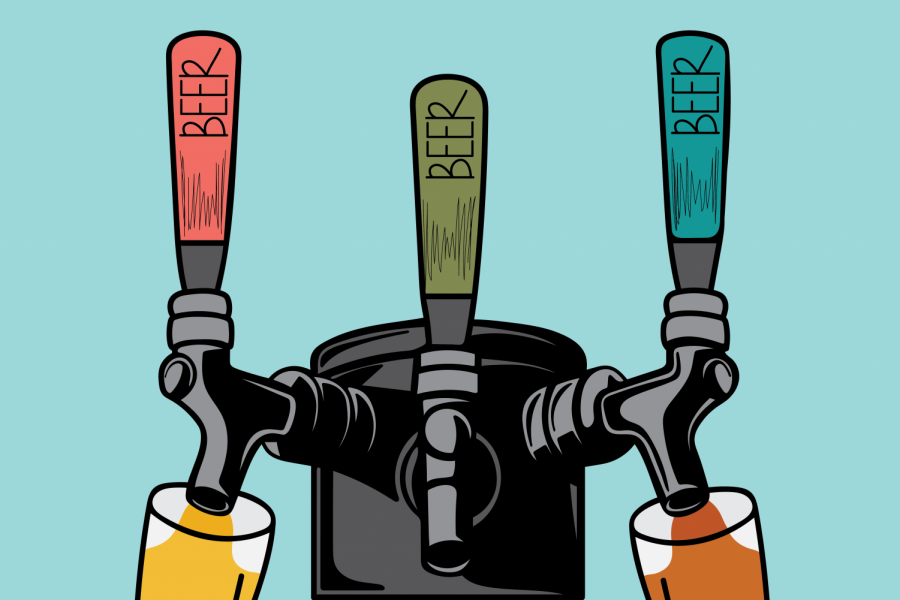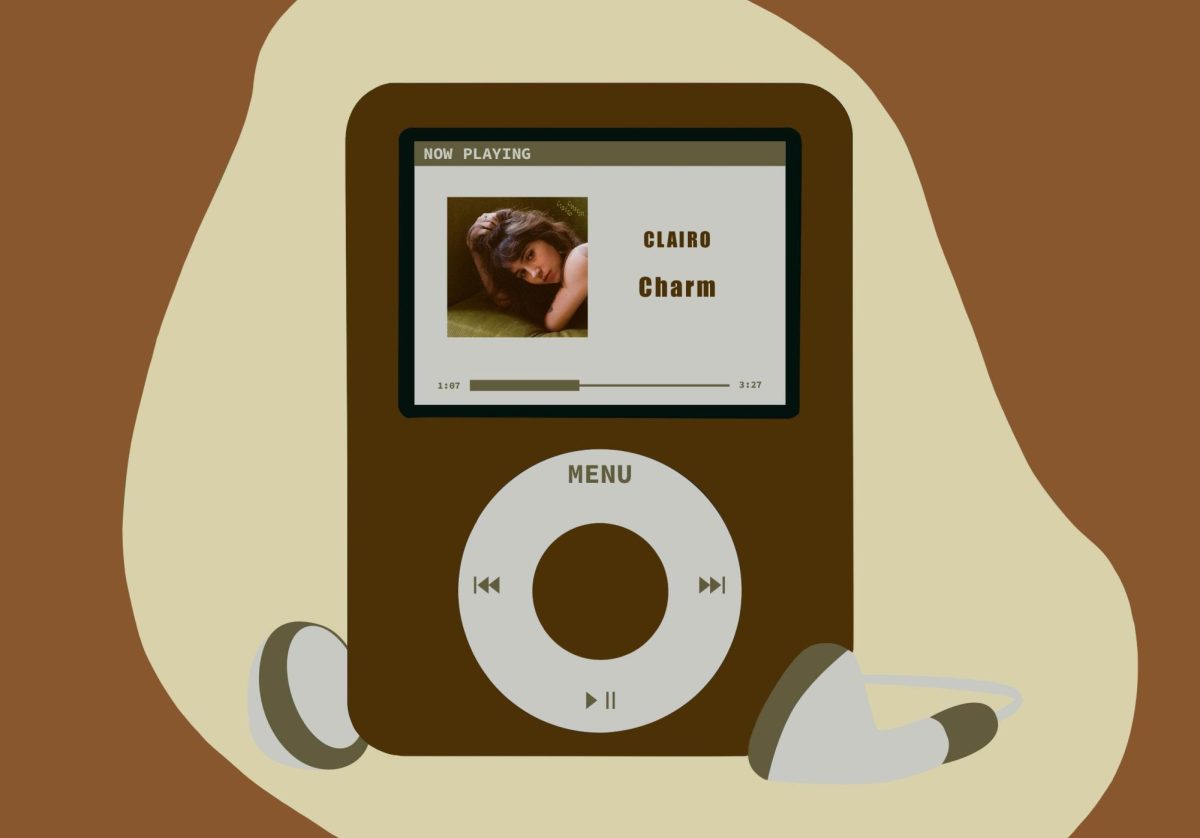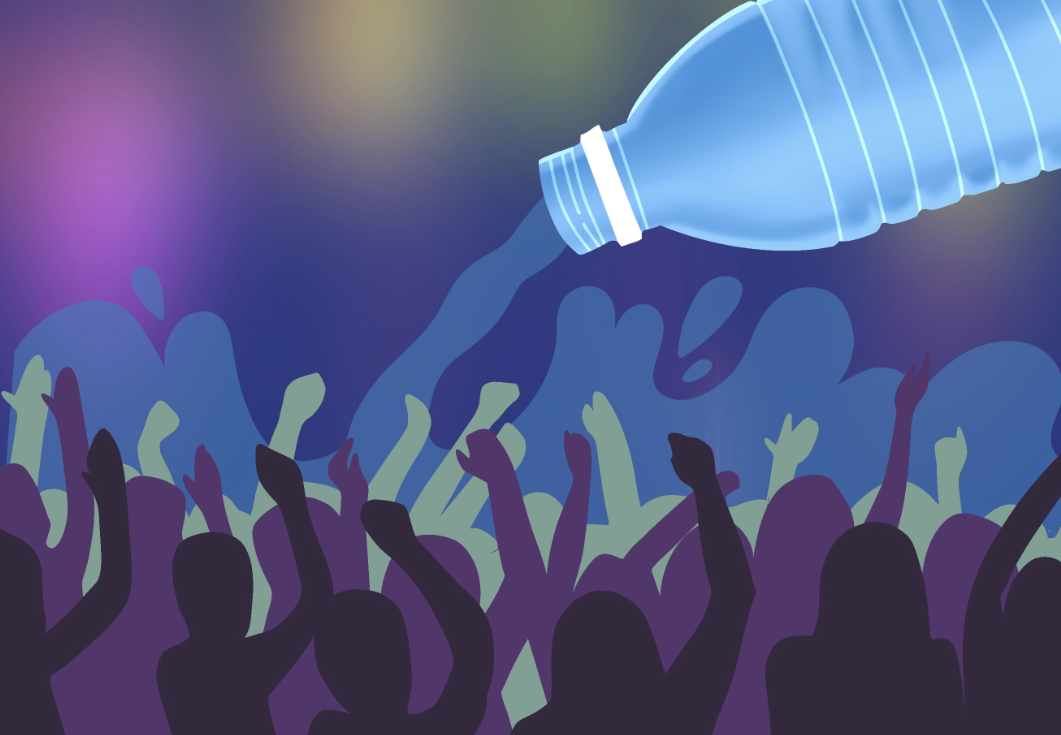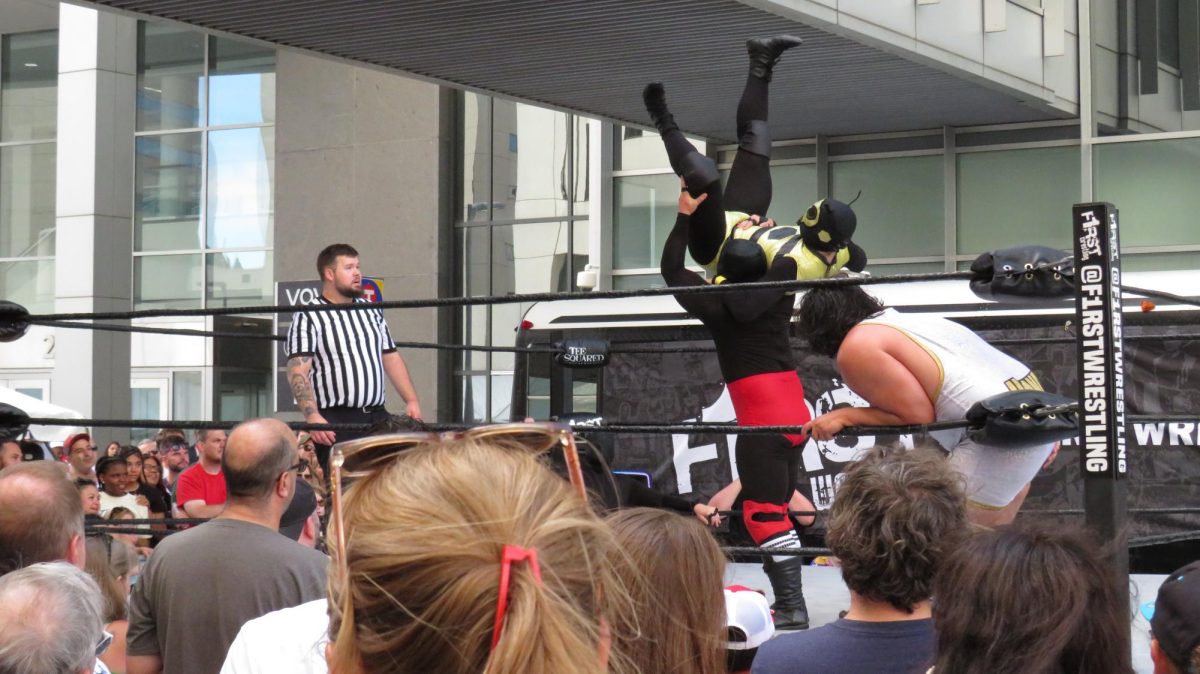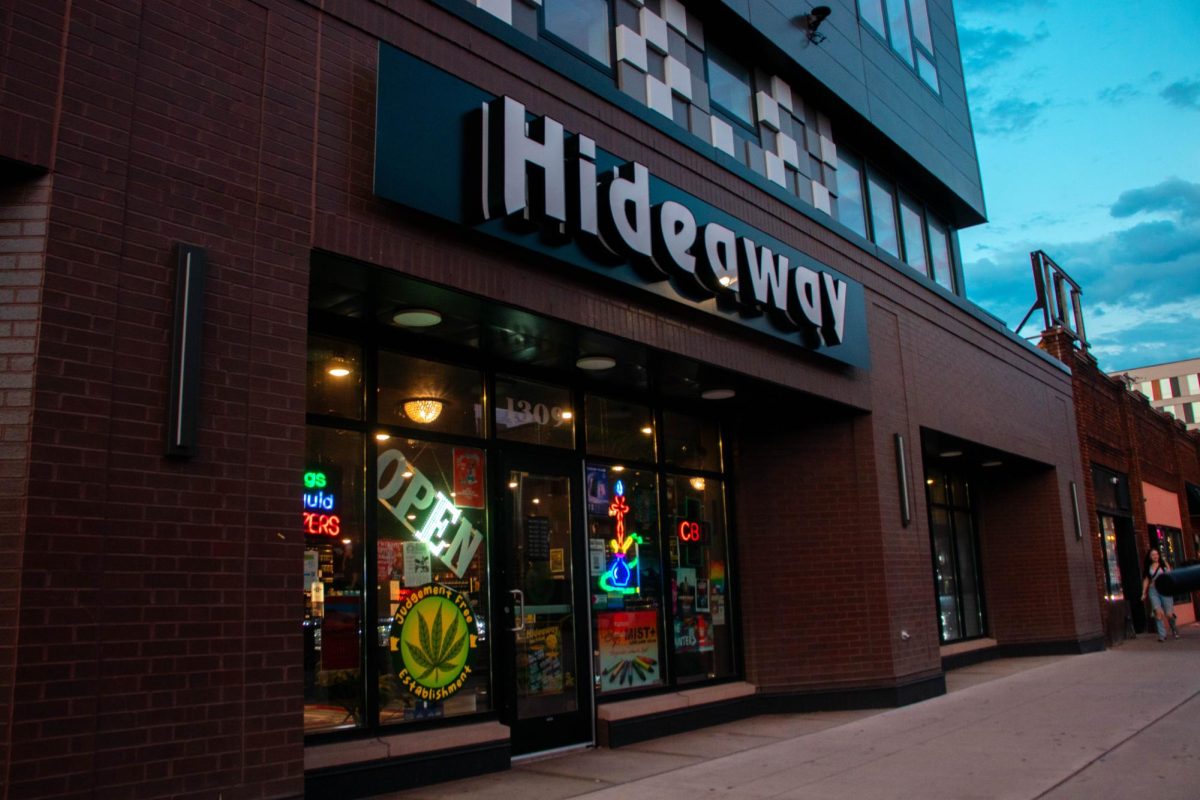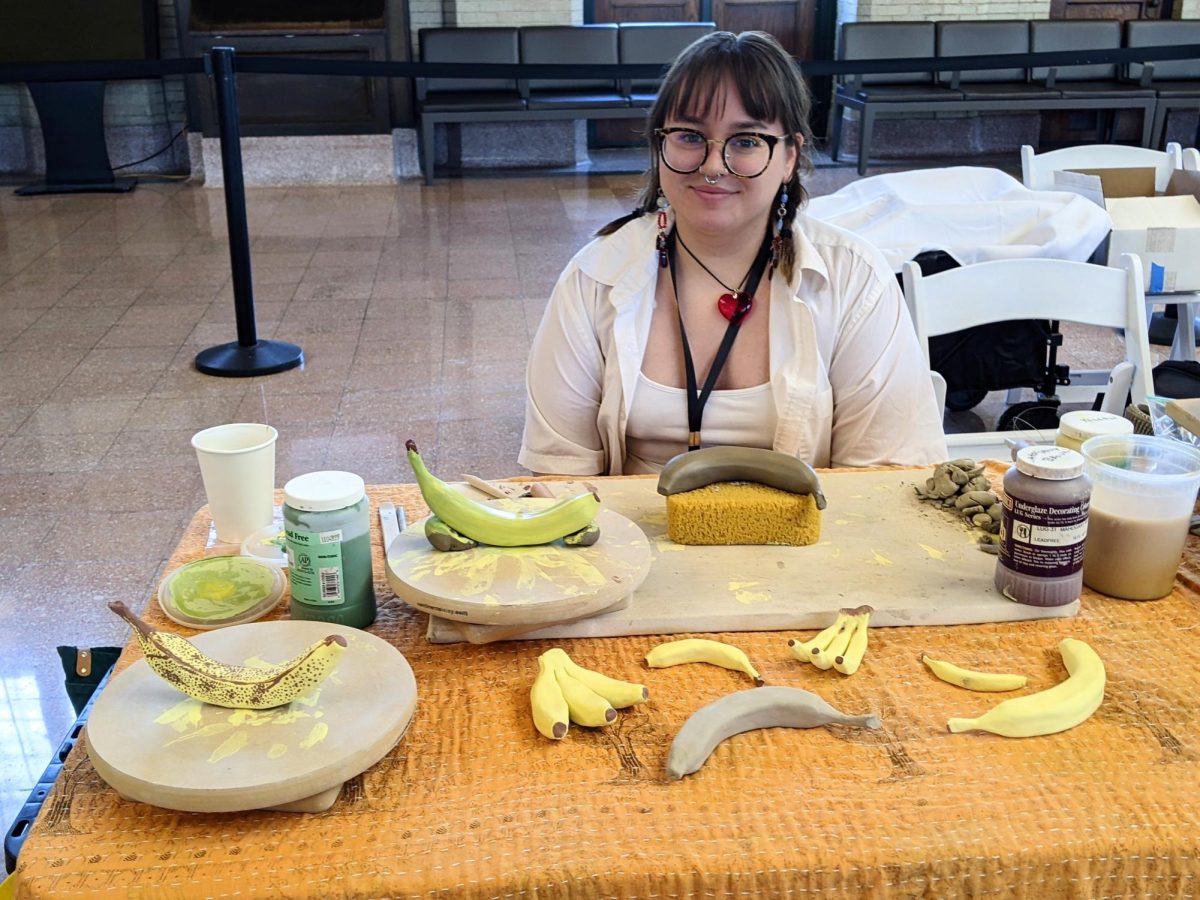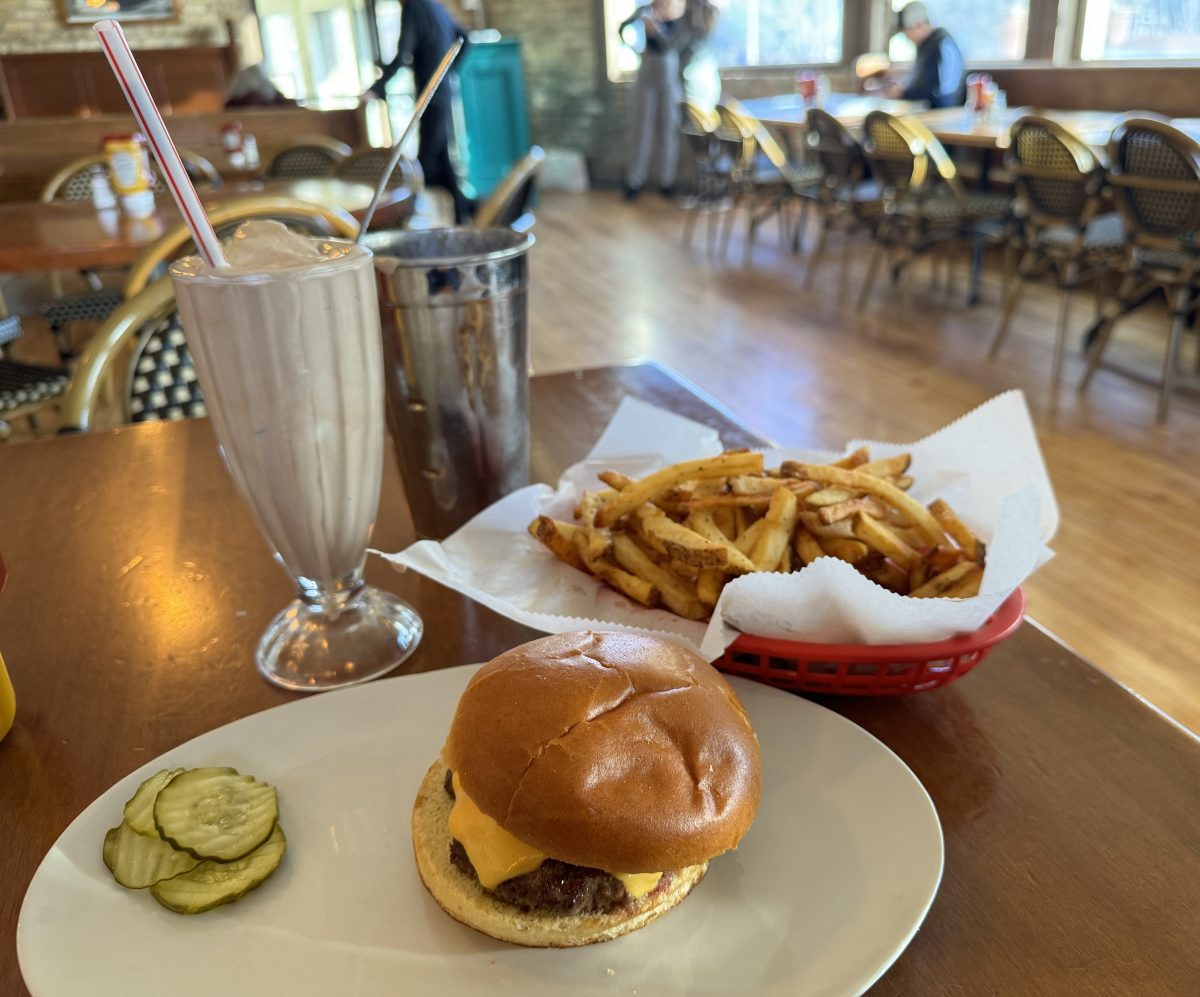Craft beer connoisseurs aren’t all flannel-wearing, hipster millennials. They’re the professors at the head of your lecture halls, the twenty-somethings sitting in the library and retired professionals in pursuit of new hobbies. The beer industry caters to a broad audience beyond the certified cicerones and bonafide brewers of the world.
If you’re looking to expand your tastes and start sipping on something a little more sophisticated than a six-pack from the corner store, the following guide offers an introduction to the bubbling beer scene in the Twin Cities.
Beer Basics
The brewing process is far simpler than it seems, according to University of Minnesota professor James Cotner. Beer breaks down to four key components: malt, water, yeast and hops.
Most of the time, the malt in a beer refers to barley. However, malt also comes in different forms like wheat, rice or sorghum. For the celiacs or gluten-intolerant, alternative malt forms lend themselves to the makings of a good gluten-free beer. Hops are the component of beer that impact its aroma, bitterness and flavor. While the hops in beer traditionally refer to the flowers of a plant known as Humulus lupulus, alternatives like juniper can be used to switch up flavor profiles, according to Cotner. If you’ve ever heard someone refer to a beer as “hoppy,” this simply means that the intensity of the hops used in the brewing process are present in the end-product — resulting in a beer that might be described as overtly floral, citrusy or earthy.
All beers start out as either ales or lagers, depending on the yeast used in the fermentation process, according to Matt Asay, head brewer and co-founder of Forgotten Star Brewing. What lands them in categories such as sours, stouts, India pale ales (IPAs), porters or pilsners is dependent on the hops and malt used in the brewing process.
Curiosity piqued by the process? Students can enroll in BIOL 2101 at the University for an opportunity to both learn more about brewing and participate in routine beer tasting to enhance their understanding of the final product.
Food Pairings
When it comes to pairing food with the right beer, Asay says the guidelines are relatively simple. Certain foods work with certain brews simply because they’re consistently served together — like pale ales and burgers or Oktoberfests and bratwursts.
The best rule of thumb is to match intensities, according to Asay. For example, pair a stout with chocolate cake and a light lager with a salad. Hoppy or highly carbonated beers can enhance the intensity of spicy foods. On the flip side, an amber ale might quell the heat with its sweetness. Just as there is no single right beer out there, there isn’t a single correct pairing. Experimenting with contrasting flavors can lead to some out-of-this-world combinations, so don’t be afraid to try pairings that might seem a little outlandish upon first glance.
Consumption
“My main philosophy with beer is drink what you like,” Caroline O’Halloran, director of marketing and events at Good City Brewing, said. According to O’Halloran, the judgement regarding what consumers are drinking has gone away in the industry — so drink what makes you happy.
If you’re looking for a place to start your endeavors, head to Pryes Brewing Company, 56 Brewing or Summit. Overwhelmed at the thought of selecting a starting point and navigating an extensive menu? Asay has some advice.
“Throw a dart at a wall, pick a brewery and I would say try their lightest option,” Asay said. “If their light option is drinkable and good, they’re probably doing everything else well. With light beers, if you make mistakes, there’s really nothing to hide behind.”
Perhaps the next time you’re out and about, consider ditching the cheap stuff in favor of a local brew. Or don’t, and wash down your grain water with a firmer understanding of what you’re consuming. And if sitting at a brewery isn’t your scene, make a stop at Ombibulous or Zipp’s to shop a wide assortment of local and imported beers.










